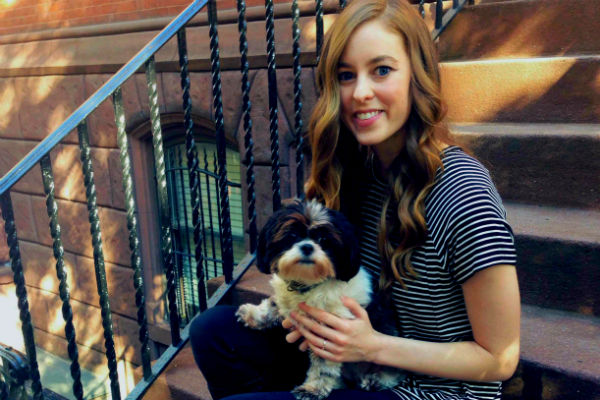By Bianca Mendez
Your dream career may have started with magazines, but as you racked up numerous internships you may have found yourself dabbling in the digital world quite a bit. Now you’re torn between the two. Good news, Whippersnappers. Ed assures you that no matter which path you take, both will bring on exciting opportunities. Here’s the scoop on Web versus print.
Web:
1. The work environment moves fast.
In websites, news travels fast, so a “breaking news” story is relevant only for a short amount of time. Typically, those stories come with tight deadlines, which means prioritizing is key. “When I was at MamasLatinas.com, our senior editors wanted to focus on newsy stuff in the morning,” says former online editorial assistant and freelance writer Giselle Castro. “If Kate Middleton had her baby, I knew I was writing that article as fast as I could as opposed to a gallery on celebrities with the best bobs.”
2. You’re writing clean and clear copy.
You might be handling four different stories in one day, but that doesn’t mean your job is done once you send in your draft. While print magazines have fact checkers, many websites don’t have that luxury, so it’s up to you to double-check your work before posting. “Fewer people touch stories online, which can be bad because there are fewer people to catch mistakes, but it also allows stories to reach readers more quickly,” says Meredith Bodgas, senior editor at WomansDay.com. Don’t get Ed wrong, double-checking your work is crucial for any job role, but a tight deadline is no excuse for a story containing grammatical errors. “It forces you to be more careful because you don’t have the same safety nets.”
3. There will be times where you’ll be wearing multiple hats.
Websites are generally short staffed, which means everyone will be pitching in with other tasks like social media and production. That’s why being well rounded and able to think on your feet are crucial assets for any digital editor. Kiera Aaron, a senior editor at FitnessMagazine.com likes people who excel in their work by going above and beyond to get the day’s work done. “No detail is too small: fact-check your own stories, provide three different headline options with each draft, pay attention to the magazine or site’s style guide,” says Aaron. “They must know how to write clickable headlines and can’t be afraid of coding or production work,” adds Bodgas.
Print:
1. Your tasks go beyond writing.
As an editorial assistant you may find yourself assisting the editor-in-chief with administrative tasks such as booking flights and meetings. The good news is that handling these administrative tasks comes with the perk of learning from a passionate team of editors. “When you are in an editorial assistant position, you learn how the magazine functions and runs,” says Brooke Mazurek, associate editor of Billboard. “You’re getting a closer view on how every department works.” Observe what’s happening around you, be amazing at your job, and we promise the writing opportunities will follow.
2. You work on an issue months in advance.
From the time you pitch your idea to when an issue hits the newsstand, the timeline of a print publication travels at a much slower pace than the Web does. For one, magazines plan their issues at least three months in advance, so you’re taking news and developing it into a story that can stay relevant. “You could pitch a breaking news story and publish it the same day on the site. But maybe that same news story also reflects a larger topic or trend that you could explore in the print magazine in a different way,” says Aaron.
3. Stories go through layers of editing and production.
Tons of departments go into making a successful issue. So don’t be surprised if your article looks totally different than it did when you submitted your final draft. Stories are constantly being looked at both by editors and the art team, giving anyone permission to make changes. “You can’t be too attached to your wording, or take edits personally. Great writing is often cut or reworded to fit the final layout,” says Aaron. And never, ever miss a deadline! “It might feel like you have a lot more time when you’re working on print stories than you do working on Web stories, but missing a deadline early on can put your colleagues behind, too,” adds Aaron.
If you’re still unsure, don’t worry; you technically don’t need to pick a side at all. (Especially during your first gig.) “When I worked at InStyle, I sought out learning how I could contribute to the digital side of things, whether it was attending SEO training sessions or other informational digital sessions,” says Maruzek. “I carved out a role where I was contributing to Web as well as print.” Aaron adds that in the beginning, the right thing that can navigate you through your first job is to be a good writer. “If you’re just entering the field, the similarities between print and Web are more important: ask the right questions, be a thorough reporter, and care about the details no matter what medium you’re writing for,” says Aaron.



 Chatting with Tehrene Firman, Online Entertainment Editor at Teen Vogue
Chatting with Tehrene Firman, Online Entertainment Editor at Teen Vogue